
Hello and Welcome in April! 🙂
This month, we’re going to spend in Libya, of course, virtually.
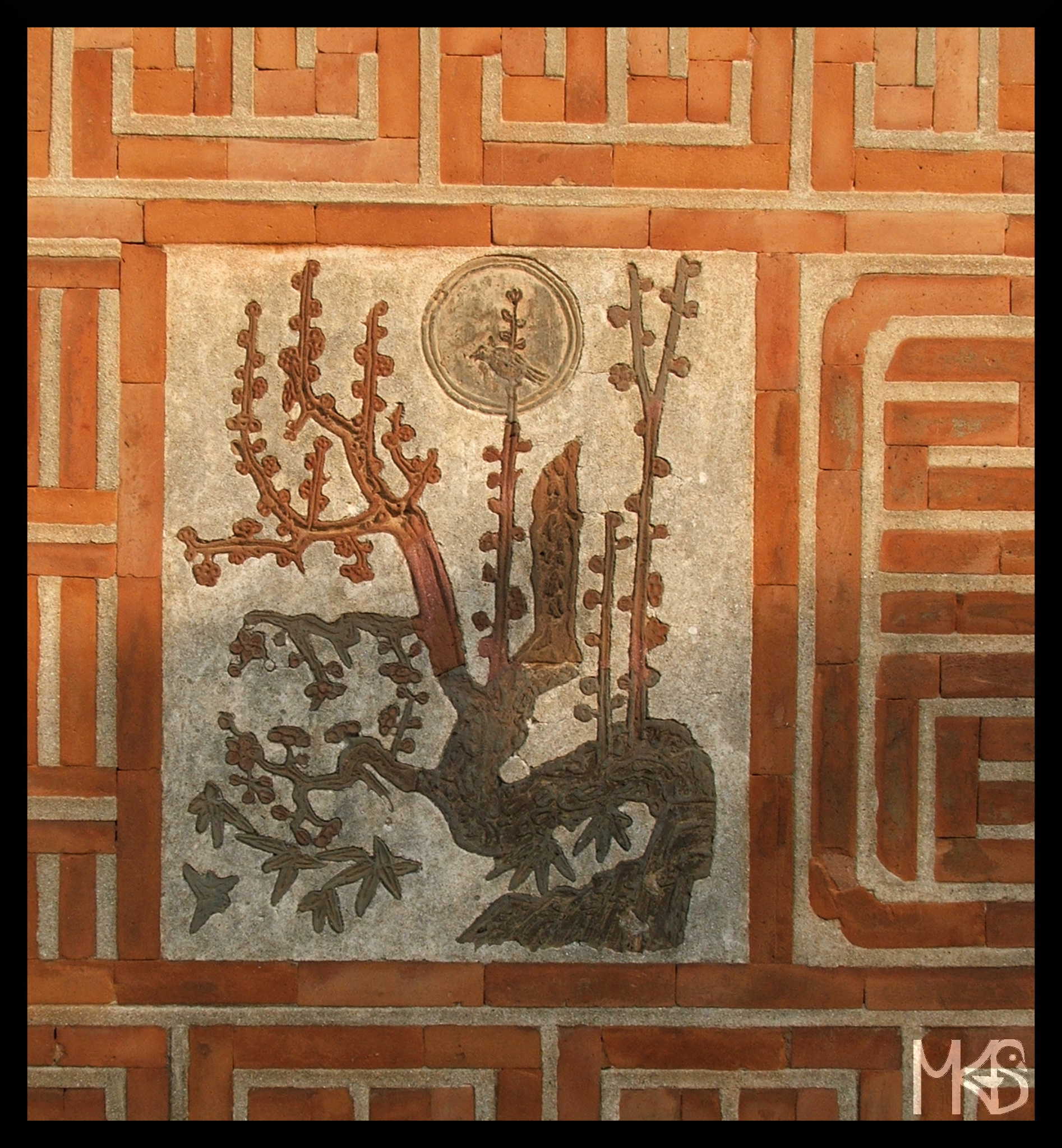
It’s time to say goodbye South Korea!
I hope you liked my travel impressions in March.
As a summary, I recommend visiting South Korea; especially don’t miss Jeju Island – it’s definitely my favorite part of Korea.
And tomorrow, we’re going to say hello to a very warm place. 🙂
Stay tuned!
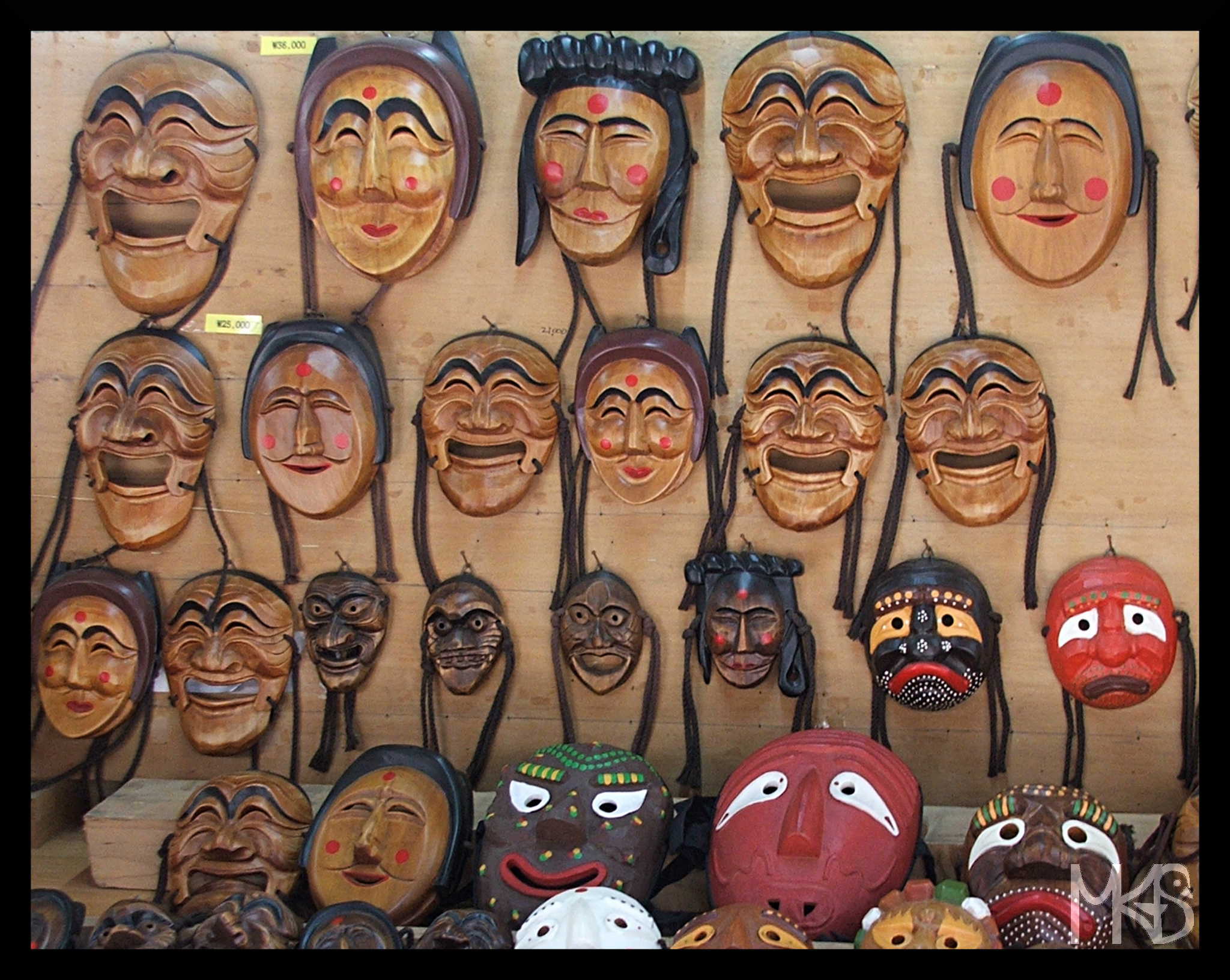
What’s the best souvenir from South Korea?
-A mask!
Hahoetal Masks are traditional Korean masks.
There are different kinds of masks representing different characters.
If you want to learn more about the Korean masks, watch a mask performance while being in Korea, or visit one of the museums, e.g., Hahoe Mask Museum in Andong.
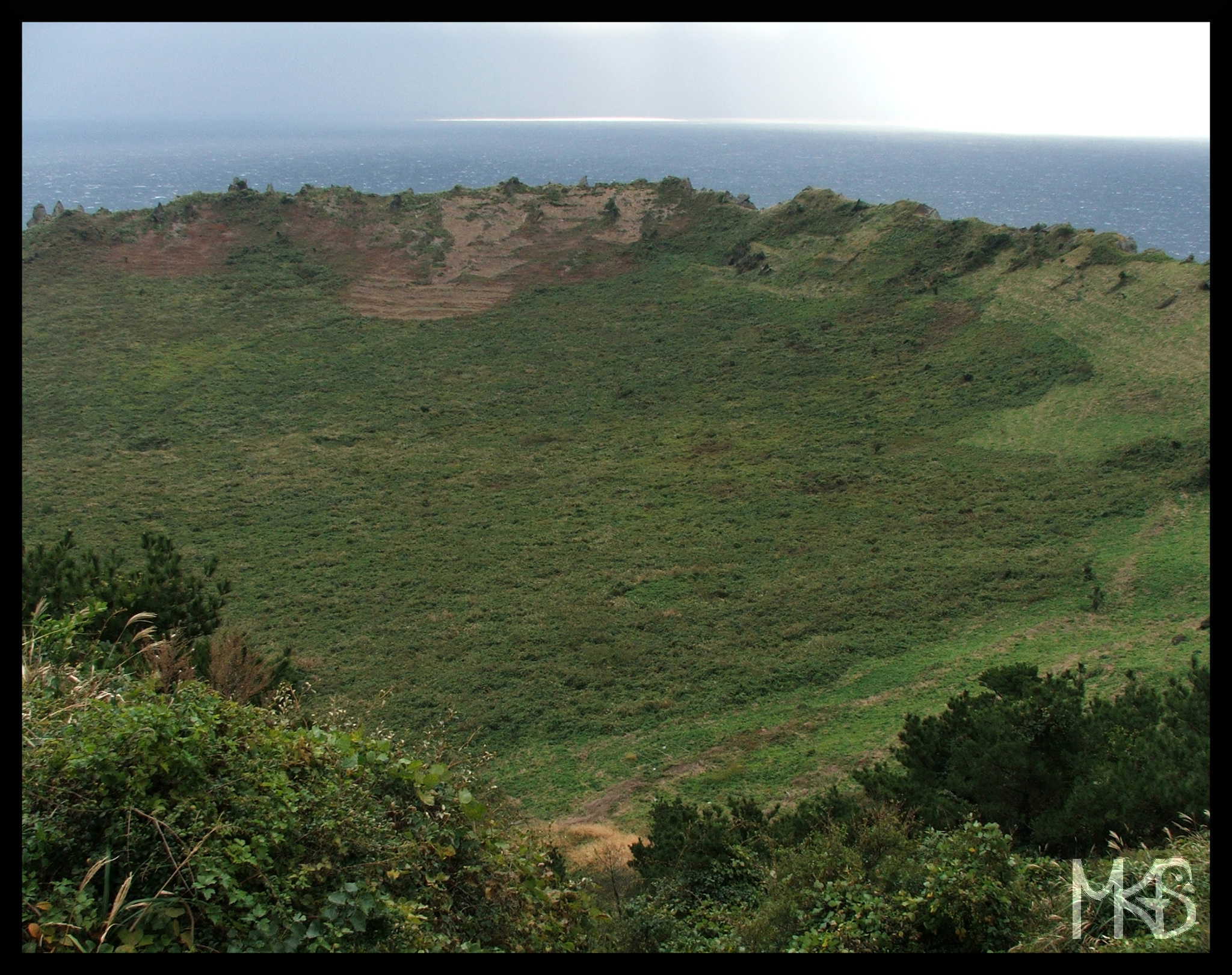
Seongsan Ilchulbong is my favorite place in Jeju Island. It’s a volcanic tuff cone and crater. It looks stunning from above, e.g., from the airplane. When you’re just nearby and hike around, Seongsan Ilchulbong still looks great, but not so impressive as from far.
Hike to Mount Hallasan (1950 meters above sea level), should be also on your to-do-list while being on Jeju Island. It’s a dormant volcano located more or less at the center of the Jeju Island.
And Manjanggul Lava Tube is another (not the last one!) volcanic attraction of Jeju Island.
These 3 places are the best known, however you’ll find much more natural attractions on the Jeju Island.
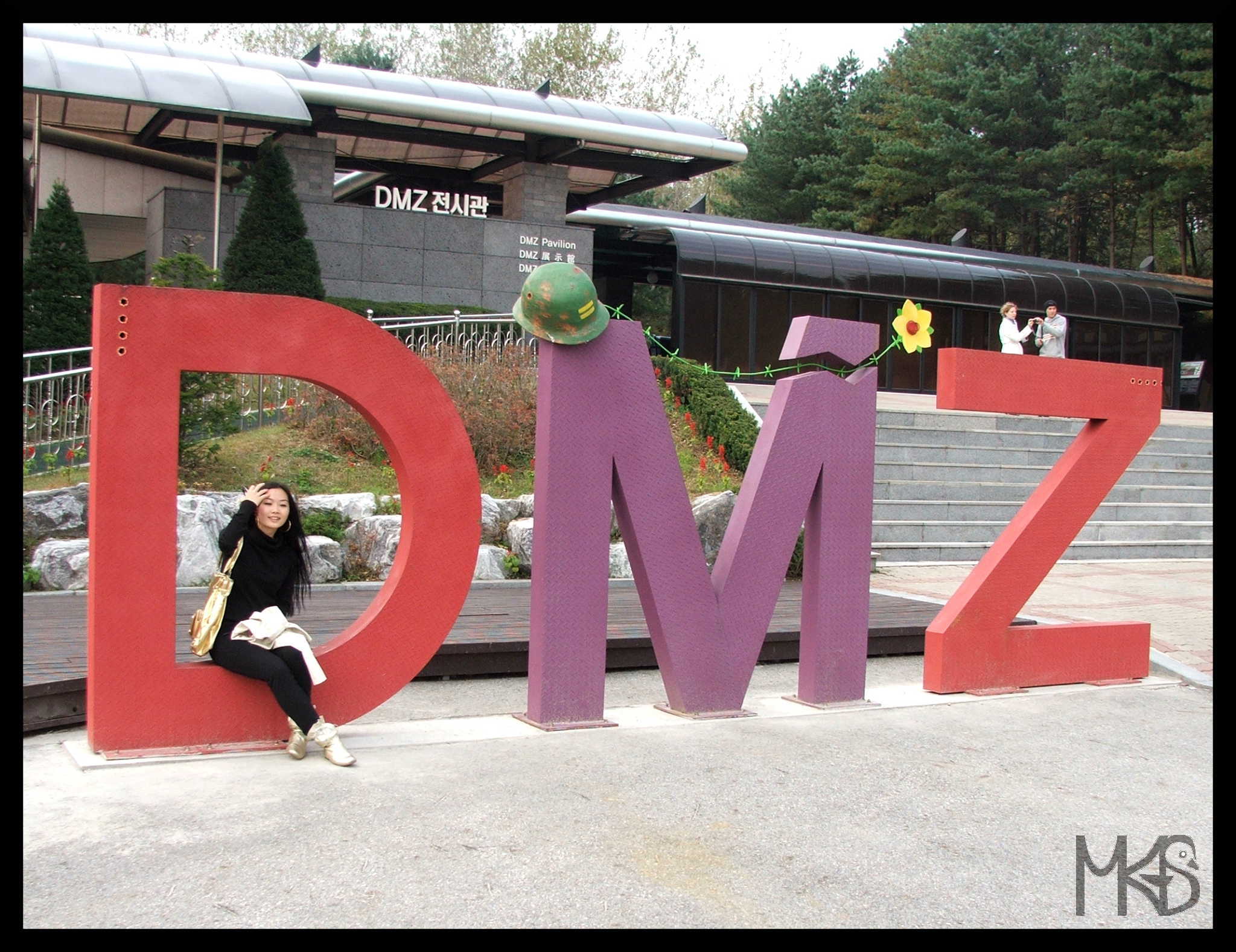
The Korean Demilitarized Zone (DMZ) can be visited as a guided tour (1 day trip from Seoul), however there are some restrictions, e.g., South Koreans are not allowed go there. So don’t be surprised that your guide is a Japanese woman!
In general, it’s a sad, historical and interesting place for visiting. But please follow the rules while being there, and don’t try to cross the border on your own! DMZ is still a war zone, however by many is treated just as a funny attraction…
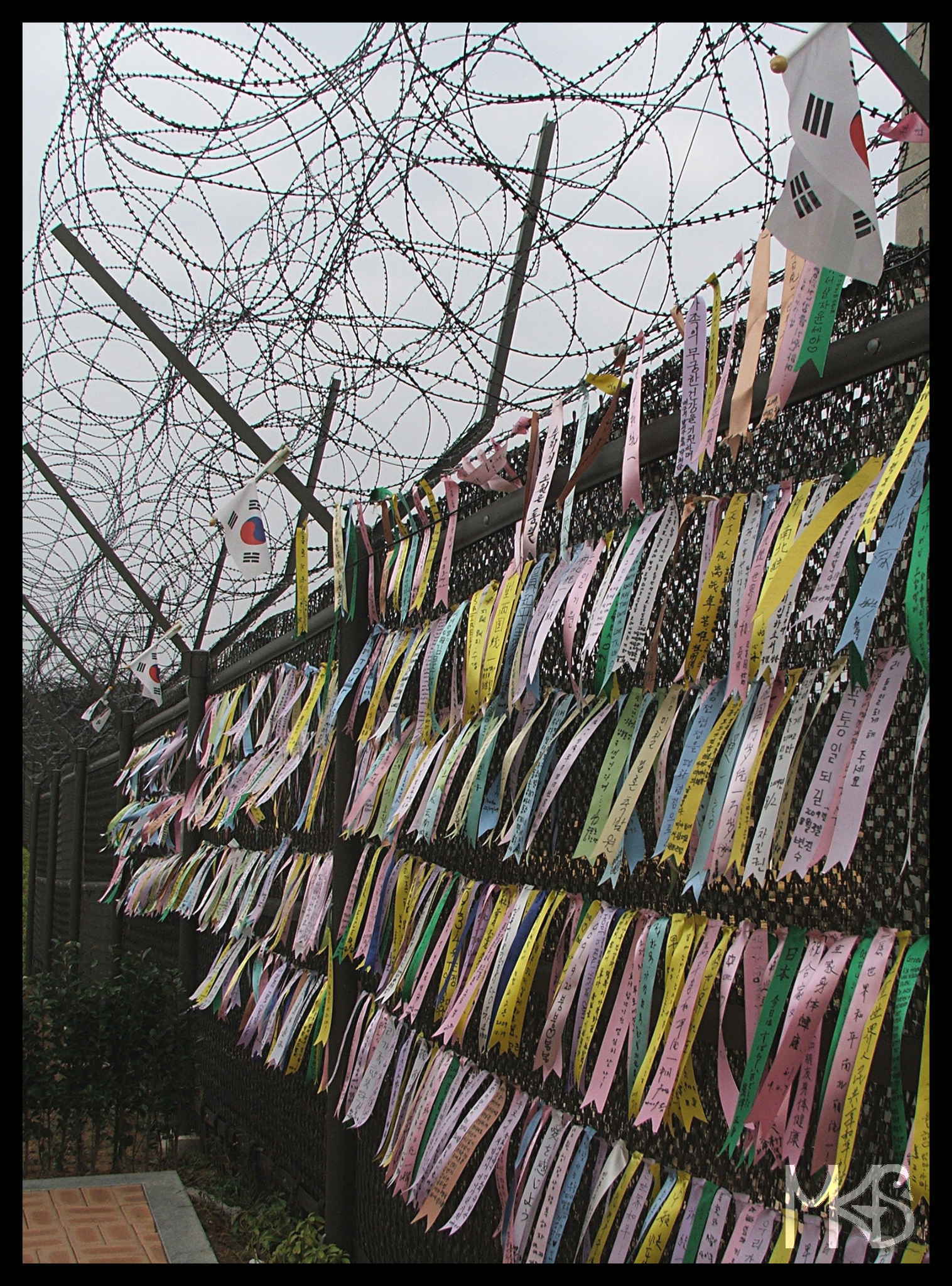
DMZ means Korean Demilitarized Zone and it’s a 4 km wide strip of land along the border between North Korea and South Korea.
DMZ was established in 1953 at the end of the Korean War, as a buffer zone between the Democratic People’s Republic of Korea (North Korea) and the Republic of Korea (South Korea).
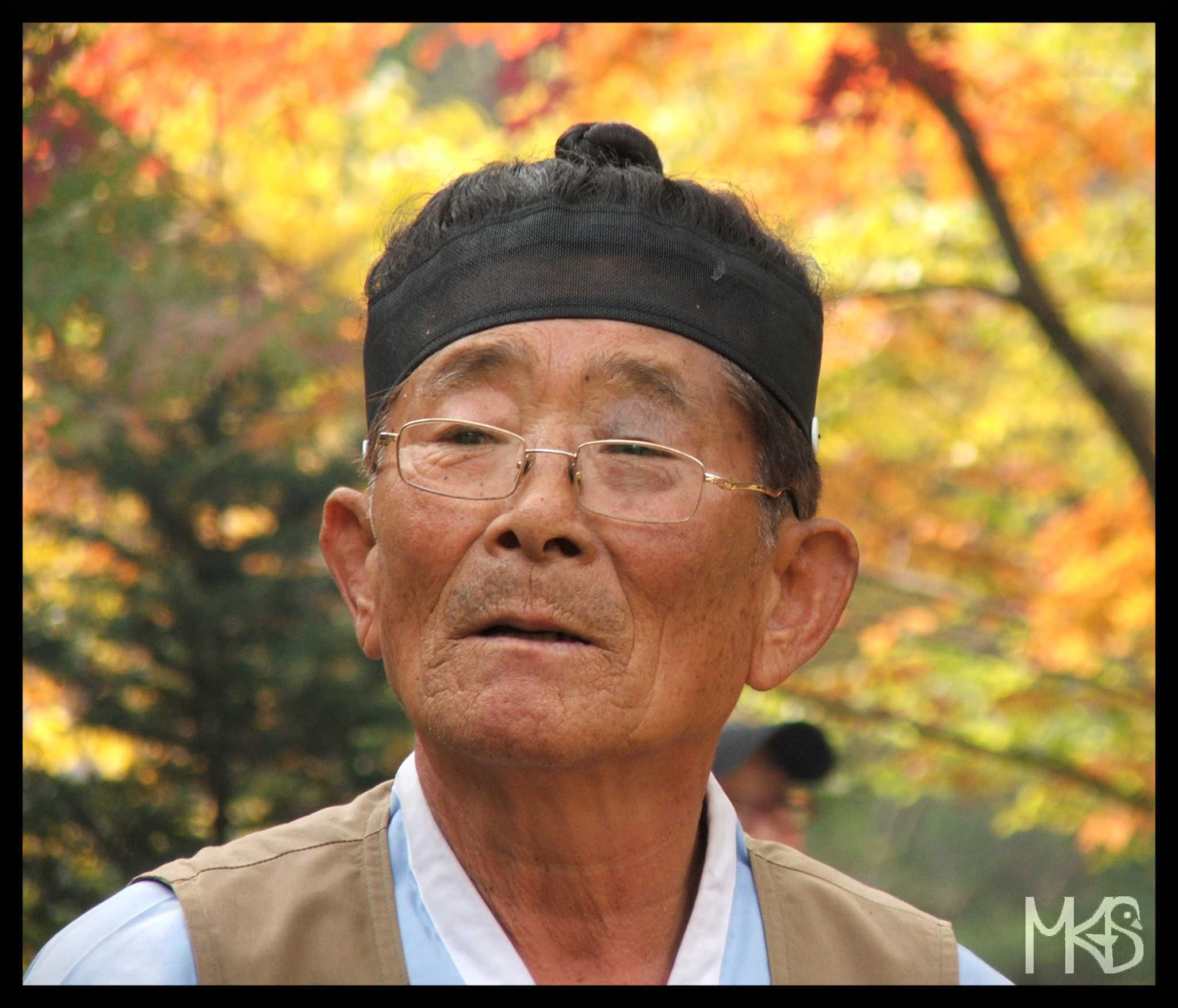
Nearby Seoul, there is located a very interesting Korean Folk Village.
I think it’s a great place to learn about Korean traditions and culture. Some places, may be too tourist or too kitschy these days, but I still recommend to check some performances. I liked all “crafting/ceramics” activities. I had also a chance to eat Korean traditional rice cakes. 🙂
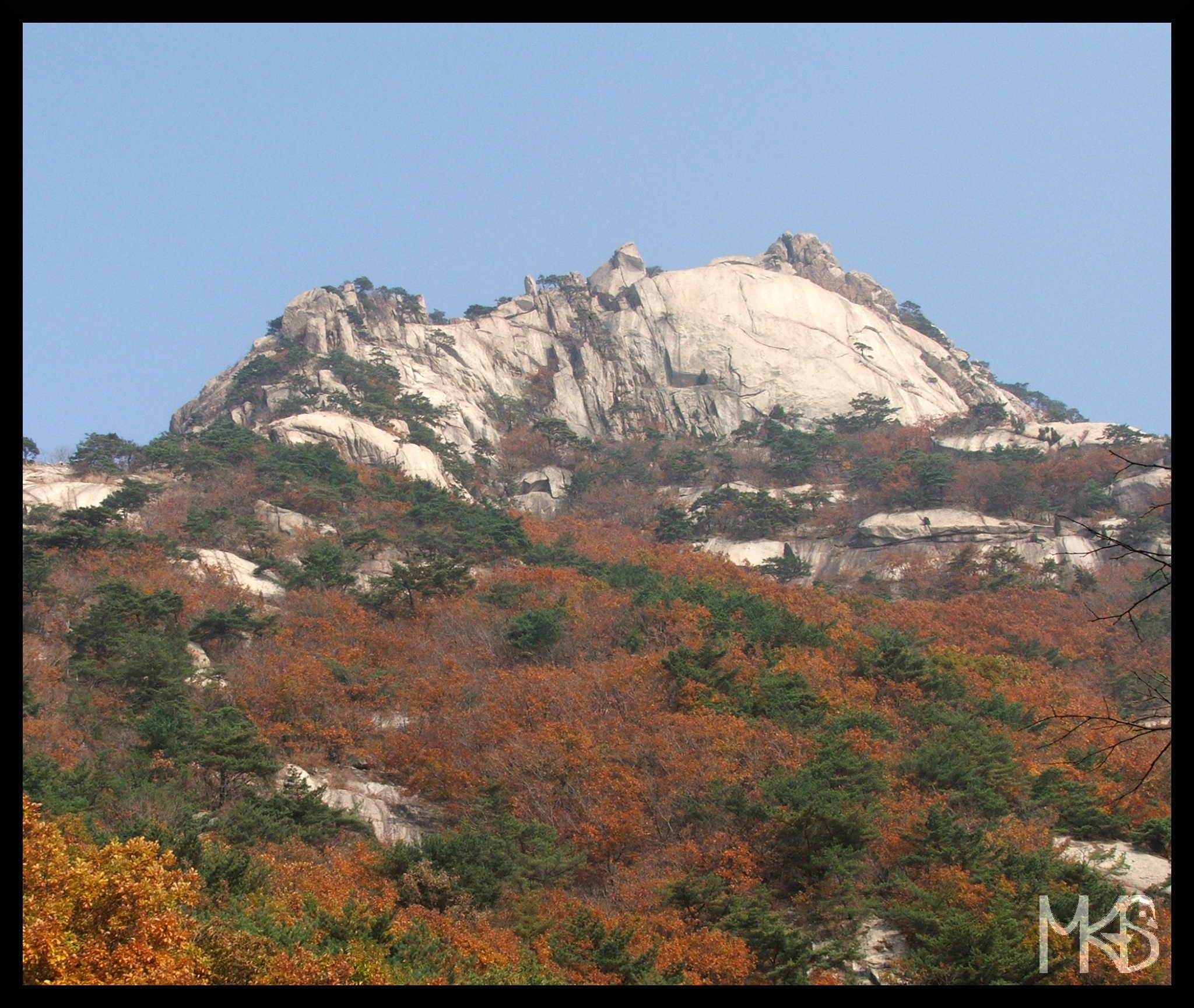
I had the impression that many (or many older) Koreans are fit and love nature and hiking mountains or skiing.
When you’re in Seoul, visit beautiful Bukhansan National Park and try to climb the Bukhansan Mountain.
I can only add that in autumn, the mountains look wonderful with all colorful trees. 🙂
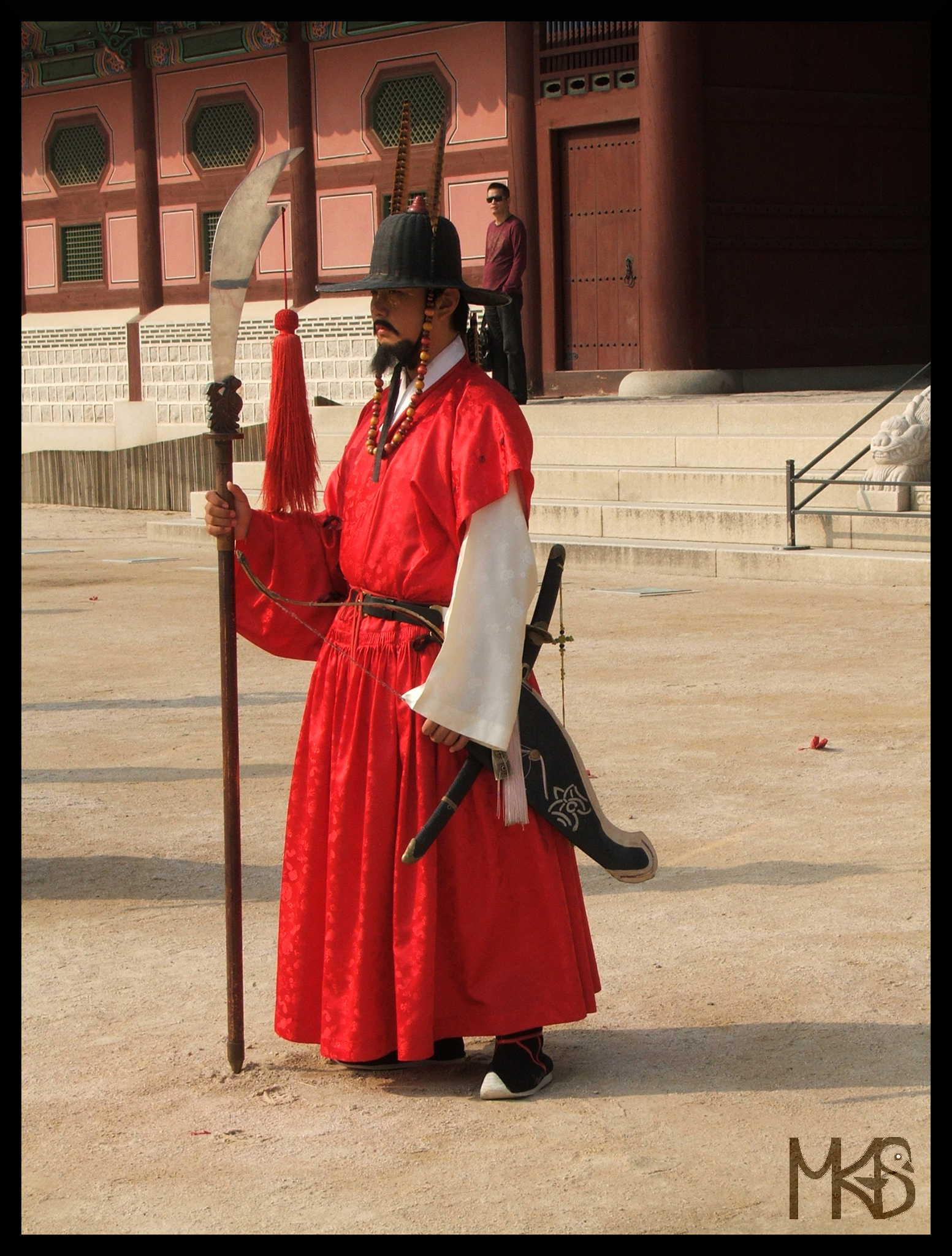
Gyeongbokgung Palace is on the top of my list with attractions of Seoul.
Gyeongbokgung Palace was built in 1395, however later was destroyed and then restored.
Besides the buildings of the palace, I enjoyed watching the ceremony of the changing of the guard, but probably I was more impressed by their clothes and weapons; very unique and colorful.
I was in Korea 9 years ago, in fall, and there were not so many tourists, what was very nice.
Changdeokgung Palace with its lovely Secret Garden is also a must-visit site in Seoul.
The other places I can highly recommend are:
-Bukhansan National Park
-Folk village
-Korean Demilitarized Zone (DMZ) located 60km from Seoul.